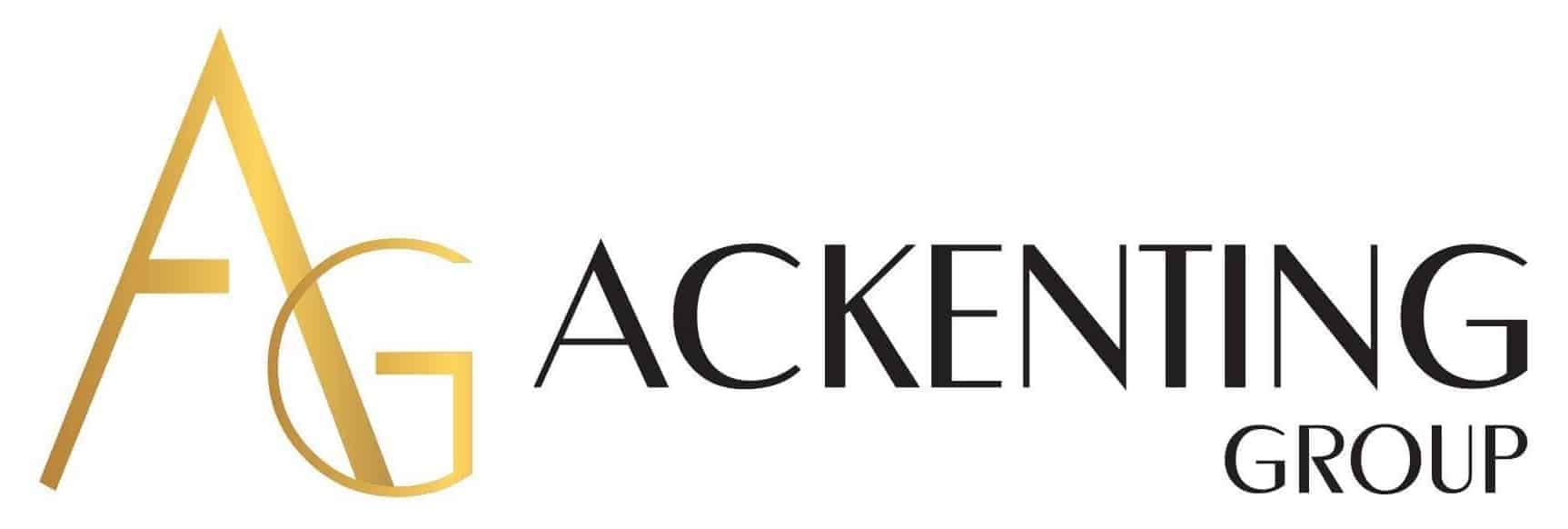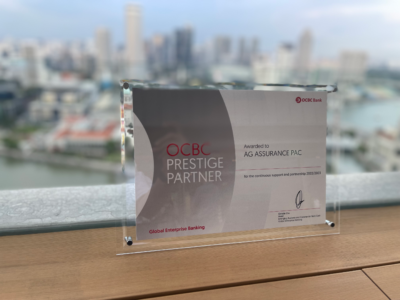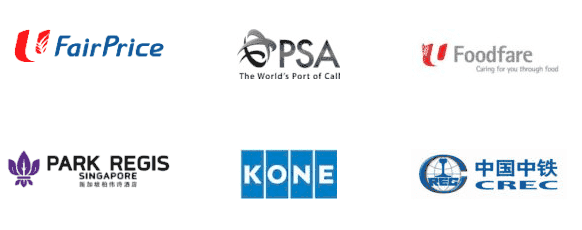For businesses in Singapore, demonstrating financial integrity builds investor confidence, ensures regulatory compliance, and facilitates business transparency. This need for trust leads many business owners to decide on the appropriate level of scrutiny for their accounts.
The choice is often between an audit and a review. However, this decision is frequently guided by specific factors such as company size, obligations to the Accounting and Corporate Regulatory Authority (ACRA), or lender requirements for financing. Since these two services differ significantly in scope, cost, and the level of assurance they provide, knowing the difference between them is a crucial strategic move.
What is an Audit?
An audit engagement is a formal and systematic examination of a company’s financial statements. Its primary objective is to enable an independent auditor to express a professional opinion. This opinion states whether the financial statements present, in all material respects, a true and fair view of the company’s financial position and performance.
This process is handled by independent, qualified professionals. At an accounting company like AG, our senior and managerial auditors conduct these examinations with meticulous care, ensuring complete independence and objectivity from the business operations.
Scope and Procedures in an Audit
An audit is, by design, comprehensive. The scope is extensive and requires a deep dive into the company’s financial records and the internal controls that generate them. The procedures are rigorous and include:
- Detailed document reviews and transaction testing.
- Thorough testing of the effectiveness of internal controls.
- Independent verifications with third parties, such as contacting banks to confirm balances or customers to verify outstanding debts.
- Performing substantive reconciliations and testing of significant transactions and balances.
In Singapore, these audit services must be performed by licensed public accountants who are registered with ACRA. A significant portion of the auditor’s work involves evaluating the company’s compliance with the Singapore Financial Reporting Standards (SFRS), ensuring your statements are not only accurate but also correctly formatted and disclosed.
Stakeholder Confidence and Audit Assurance
The result of an audit is the independent auditor’s report, which provides the highest level of assurance, known as reasonable assurance. This formal opinion is precisely what stakeholders look for. When an auditor states that the financial statements provide a “true and fair view”, it confirms that the statements are free from material misstatement, whether due to fraud or error, and comply with SFRS.
This high-level assurance is indispensable for key stakeholders. Investors rely on it to make informed funding decisions. Lenders and creditors use it to assess credit risk before extending loans. Government agencies, including the Inland Revenue Authority of Singapore (IRAS) and ACRA, depend on it for regulatory oversight and tax compliance.
When SMEs Might Need An Audit?
While many SMEs may be statutorily exempt from an audit, strong business justifications often necessitate one. Under ACRA’s guidelines, a company typically qualifies as “small” and is exempt if it meets at least two of three criteria:
- Revenues are below S$10 million,
- Assets are below S$10 million, or
- There are fewer than 50 employees.
However, opting for an audit even when exempt is a proactive and strategic business decision. SMEs may choose an audit to:
- Apply for Grants: Audited financials are often a prerequisite for applying for significant government grants, such as the Enterprise Development Grant (EDG).
- Secure Funding: If you are seeking large bank loans, pitching to venture capitalists, or attracting private equity, they will almost certainly require an audited report.
- Prepare for Mergers and Acquisitions: If you are preparing for a merger or acquisition, or planning to sell your business, an audit provides the required due diligence and a credible valuation basis.
- Strengthen Governance: The audit process itself often identifies weaknesses in internal controls, helping you build stronger governance and operational efficiency.
- Instil Confidence: An audit provides maximum confidence to potential partners, suppliers, and customers, particularly for regional expansion.
What is a Review?
When comparing a financial review to an audit, the most significant difference is the scope. A review engagement is a limited-scope engagement that provides a moderate, or limited, level of assurance. It is far less detailed than an audit and, as a result, generally more cost-effective.
This option is commonly chosen by small businesses, startups, or companies that have no statutory audit requirement but still desire some level of independent financial oversight. A review is often a practical way to provide stakeholders with a basic level of credibility, confirming that the financial statements appear plausible and are free of apparent material misstatements.
What Happens in a Review Engagement?
The procedures in a review are substantially narrower than those in an audit. The practitioner primarily performs analytical procedures and makes inquiries with the company’s management team.
This typically involves:
- Inquiring with management about accounting practices and policies.
- Performing ratio analysis and comparing financial data to prior periods or budgets.
- Looking for unusual trends or items that require further explanation from management.
A review does not involve testing internal controls, verifying information with third parties, or performing extensive, substantive testing of transactions. While the financial statements are still expected to follow SFRS presentation standards, the practitioner does not verify the underlying data to the same depth as an auditor.
The Kind of Assurance a Review Offers
A review report offers moderate or limited assurance, which is a practical and effective level of scrutiny for many SMEs. This assurance level is often well-suited for internal decision-making and for satisfying stakeholders in lower-risk situations.
The conclusion of a review is different from an audit opinion. The practitioner’s report states that, based on their inquiries and analyses, nothing has come to their attention that would suggest the financial statements are materially misstated.
While this reflects the limited testing depth, it provides a valuable layer of professional transparency and oversight. Lenders extending small credit lines or minor investors, for example, may find a review perfectly acceptable, especially if the business has a history of consistently well-maintained accounts.
Who Typically Chooses a Review?
Review engagements are often the preferred choice for many SMEs that comfortably qualify for ACRA’s small company audit exemption. Startups and micro-businesses that need basic financial validation for a small loan, internal board reporting, or shareholder updates often find reviews to be sufficient.
It is a practical step for companies that are in the early stages of building their accounting structure and governance. It provides a valid checkpoint without incurring the full expense and time commitment of an audit.
Audits vs. Reviews: Which Should You Get for Your Business?
Choosing between an audit and a review hinges on several practical considerations, moving beyond basic compliance to align with your specific stakeholder expectations and growth objectives.
1. Assess Your Company’s Thresholds
Your first step is to determine your legal obligation. You must check whether your company meets the ACRA “small company” exemption criteria. If your company is exempt, you have a choice. If the requirements are not met, an audit is mandatory.
2. Clarify Stakeholder Expectations
You must understand what your stakeholders demand. Does your bank require a formal audit opinion to renew a credit line? Are your investors satisfied with a review, or does your shareholders’ agreement mandate an audit? The requirements of your board, lenders, and investors often determine the necessary level of assurance.
3. Review Industry and Grant Requirements
Examine your specific operational context, as some industries face higher scrutiny and may expect audits regardless of company size. In addition, many government funding programmes or grants require audited financial statements as part of the application process. Failing to have an audit prepared could prevent you from accessing significant funding.
4. Plan Ahead for Business Growth or Exit
Consider your company’s long-term strategy. If you plan to raise significant capital, sell the business, or expand regionally, a history of audited financial statements is invaluable. Proactively starting audits now prevents costly and time-consuming back-audits later. This approach presents your company as transparent and well-governed from the outset.
5. Balance Cost with Risk and Credibility Needs
You must weigh the investment against the benefit. Audit fees are higher, reflecting the extensive work, time, and expertise required. However, the high assurance and trust an audit builds is often worth the cost, especially if your business is scaling rapidly, has complex operations, or is preparing for a significant transaction. A review is less expensive but provides less comfort to external parties.
Making the Right Strategic Choice for Your SME

Choosing the right level of financial assurance is a critical business decision. Whether you select an audit or a review, the goal is to provide your stakeholders with the confidence they need in a way that aligns with your budget and ambitions. The decision should reflect your company’s current obligations, stakeholder expectations, and future plans.
Both audit services and review engagements serve valuable purposes for SMEs in Singapore. An audit provides the highest level of trust for raising capital and meeting stringent requirements, while a review offers a practical, cost-effective solution for internal validation and basic compliance.
Navigating these compliance and business needs requires a partner who provides practical, proven, and fast solutions. AG, an award-winning accounting company and an OCBC Prestige Partner, specialises in serving the unique needs of SMEs in Singapore. We deliver our audit services with a 30-day KPI, ensuring you meet your deadlines without compromising on quality.
Partner with AG to reinforce your business’s integrity and long-term value. Contact us to discuss whether an audit versus a review is the right fit for your enterprise.
To get the most from this process, we recommend reading our guide on preparing for an audit and the different types of audit risks.













